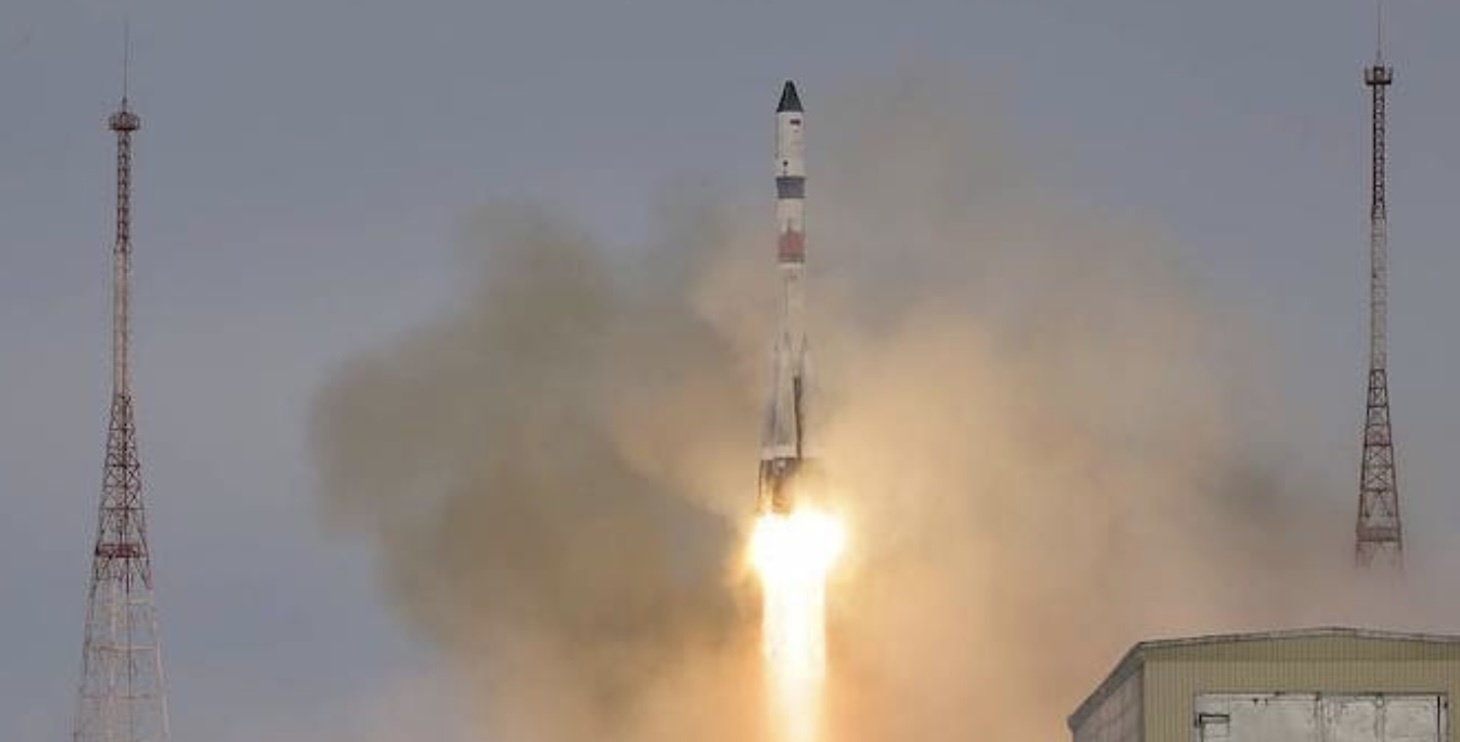BAIKONUR SPACEPORT /Kazakhstan/, August 20. /TASS/. The Soyuz-2.1b launch vehicle has launched biological satellite Bion-M No. 2 into the low-Earth orbit, a TASS correspondent reports from the Baikonur spaceport.
The rocket launch took place at 8:13 p.m. Moscow time from Baikonur site No. 31 (the Vostok launch complex). The spacecraft is to spend 30 days in space and land on September 19 in the steppes of the Orenburg Region.
There are 75 mice on board the biosatellite, about 1,500 drosophila flies, cell cultures, plants (calendula, echinacea, fiscomistrella moss), samples of cereals, legumes and industrial crops.
Fungi, lichens, cellular materials, and plant seeds grown from seeds that flew into space on earlier research satellites were also sent into space.
The aim of the project is to study how living organisms survive flight in a high-latitude orbit, where the level of cosmic radiation is one third higher than in the orbit of the International Space Station. The research results will form the basis of methods for protecting and supporting manned space flights, including beyond the low Earth orbit.
As the head of the Laboratory of Animal Phenotyping at the Institute of Biomedical Problems (IMBP) RAS Alexander Andreyev-Andriyevsky told TASS, the main data pool is to be analyzed within a year after the satellite landing.
Bion is a series of domestic spacecraft for biological research. In particular, scientists are interested in the effects of radiation and weightlessness on living organisms. The first such device, called Cosmos-605, was launched in 1973. In 2013, the first satellite from the Bion-M series was launched into orbit. Then mice, Mongolian gerbils, geckos, snails, plants and colonies of various microorganisms were sent into space.
Quelle: TASS

